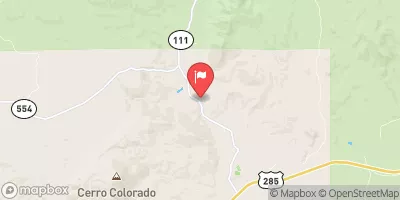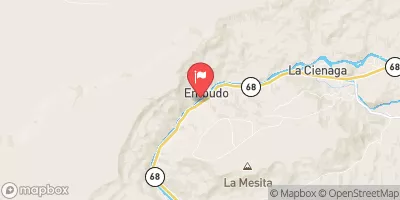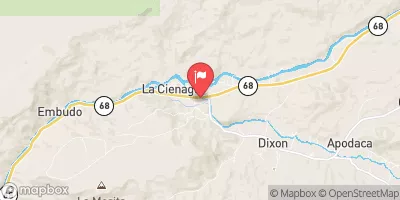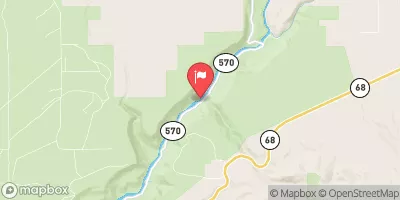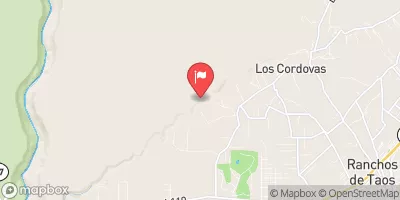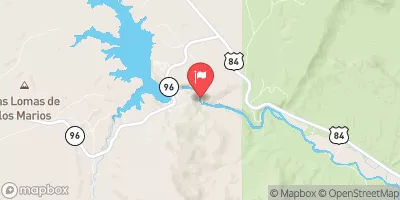Summary
The area is situated in the Carson National Forest and offers breathtaking scenery, crystal-clear streams, and plenty of trout. The most common fish species in the area are brown, rainbow, and cutthroat trout.
Apart from fishing, visitors can enjoy hiking, camping, and wildlife watching in the surrounding areas. The best time to visit the Rio Vallecitos Fishing area is from June to October when the water levels are ideal for fishing, and the weather is pleasant. The average temperature during this time is around 70°F (21°C), making it comfortable for fishing and outdoor activities.
For fly fishing, anglers can use dry flies, nymphs, and streamers to catch the trout. It is advisable to use light tackle, as the trout in this area are generally smaller. Experienced anglers recommend using small hooks and light line to increase the chances of catching fish.
In conclusion, the Rio Vallecitos Fishing area in New Mexico is an excellent destination for fly fishing enthusiasts looking to catch brown, rainbow, and cutthroat trout. Visitors can also enjoy hiking, camping, and wildlife watching in the surrounding areas. The best time to visit is from June to October, with an average temperature of 70°F (21°C). Anglers should use light tackle, small hooks, and light line to increase their chances of catching fish.
Weather Forecast
Nearby Streamflow Levels
Angling Safety Guidelines
Check local fishing rules, seasons, size limits, and license requirements to ensure legal and sustainable angling.
Handle Fish Responsibly
Use wet hands, minimize air exposure, and release fish gently to improve survival rates when practicing catch-and-release.
Choose the Right Gear
Match your rod, line, and tackle to the species and conditions to increase success and reduce unnecessary harm to fish.
Respect the Waterway
Avoid disturbing habitat, prevent bank erosion, and keep a safe distance from spawning areas to protect ecosystems.
Keep It Clean
Pack out all line, hooks, bait containers, and trash—discarded gear can injure wildlife and degrade waterways.

